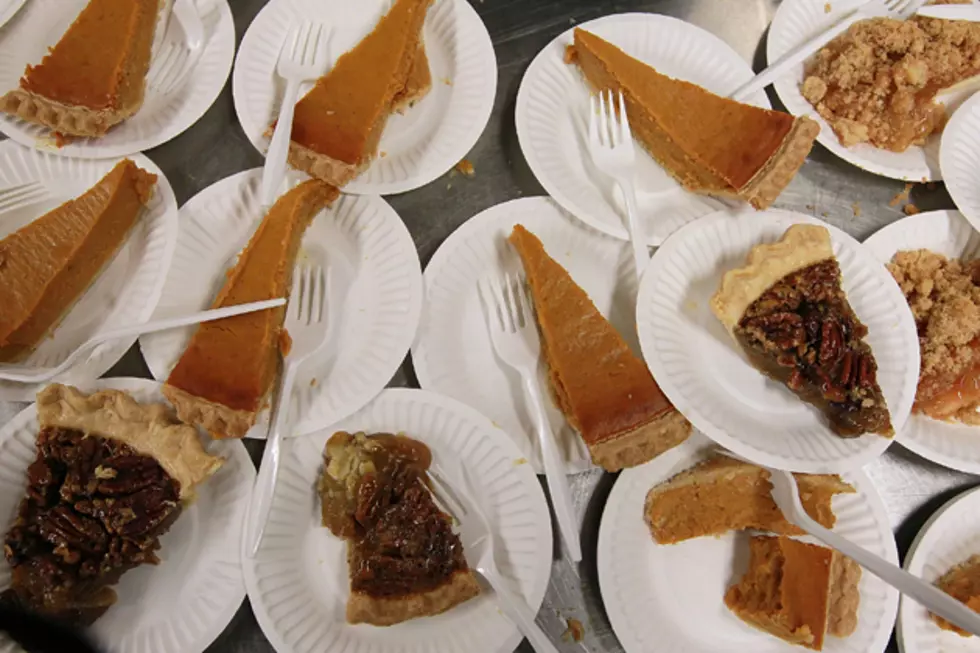
Yucky Stuff In Our House
You may no longer be spooked by ghosts or goblins, but we bet you're not too old to be frightened by these creepy, crawly stories. Here are five gross things, both dead and alive, that could be lurking in your home.
1. Bats
House attics and other dark, dank places can offer an appealing home for bats. If you have an infestation, they might even move into the walls.
2. e. Coli
e. Coli is being found on toothbrushes that are kept too close to the toilet. But recent studies found that the kitchen towel is the dirtiest item in many homes and it too, can be a breeding ground for bacterias such as e. Coli.
3. Gas and Carbon Monoxide
Natural gas, by nature, is odorless. A chemical called Mercaptan that makes it detectable.
Even scarier than a gas leak is carbon monoxide -- a colorless, odorless, tasteless gas that's responsible for more than 2,000 deaths in the U.S. each year.
Unlike gas leaking from a furnace or stove (which you should be able discover with your nose), carbon monoxide requires a detector, which can be found at hardware stores and big box stores for less than $50.
4. Brown Recluse Spiders
In nature, Brown Recluse spiders live under rocks, logs and woodpiles. But indoors (a place they seem to like just as much) these scary spiders can live for quite a while without food in attics and basements. When they do come out to feed, they'll find dark secluded areas, like shoes, clothes or beds -- which is why many people get bitten at night.
So why are these particular spiders so scary? Because their bites can cause necrosis -- a localized death of cells. People who have been bitten by Brown Recluse spiders have tales of crater-like scabs, some even wearing down to the bone.
Though bites are rare, in areas where they're most prominent -- the south central and Midwestern United States -- they get around. One study found Brown Recluse spiders in about 70 percent of homes.
Brown Recluse Spiders are identified by the violin-shaped marking on their backs.
5. Water and Mold
Anywhere you have moisture and a little bit of warmth, mold is encouraged to grow. The most common places you might find mold are the basement, roofs and around pipes.
Mold it can lead to stuffiness, and irritated eyes and skin. (More severe reactions include fever and shortness of breath). Read more about the health effects of mold at the CDC's website.
Luckily, mold is pretty easy to clean up, if you can find it. In most cases, you'll see it or smell something musty. But if you have a headache or cough you just can't shake, you might want to more closely examine your home for mold.
What's creeping and crawling in your home this Halloween? More than you might think.









